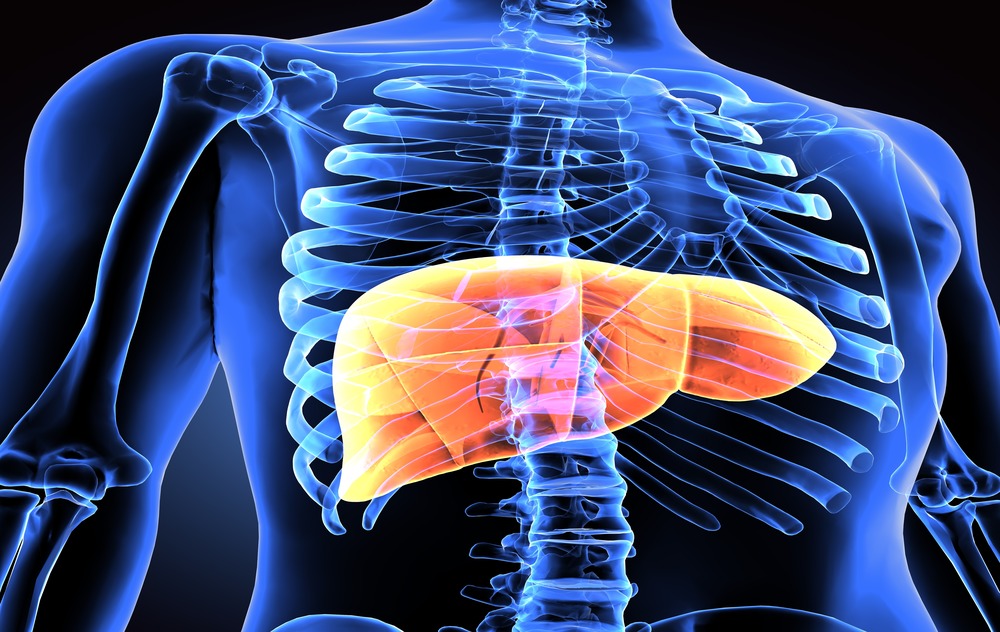Radioembolization (Y-90) is a treatment for patients with liver cancer, either primary meaning the cancer started in the liver itself, or secondary or metastatic meaning the cancer started outside the liver and metastasized to the liver. Although this procedure does not provide a cure for liver cancer, it can help extend and improve the lives of patients who are not candidates for other treatments, by killing the tumors in the liver or at a minimum slowing tumor progression and thereby relieving symptoms associated with liver cancer.
What is Radioembolization (Y-90)?
Radioembolization (Y-90) is the combination of radiation therapy and a procedure called embolization to treat patients with liver cancer. In this procedure, tiny radioactive beads, filled with the radioactive isotope yttrium Y-90, are delivered in an extremely precise manner via a catheter that is advanced through the blood supply to tumors located in the liver. By lodging themselves specifically within the tumor, these beads exert their effects both by embolizing the vessels supplying the flow to the tumors -reducing inflow to the tumors- and by radiating the tumor thereby directly killing the cancer cells, while at the same time leaving the healthy liver tissue unaffected.
How is the Radioembolization (Y-90) Procedure Performed?
About 2 weeks before a patient’s radioembolization (Y-90) treatment, patients will need to undergo a mapping arteriogram procedure. This procedure provides critical information on the nature of the patient’s blood supply by identifying the arteries that are responsible for supplying blood to the tumors and ensuring the lungs would not be negatively affected by the treatment. Prior to Y-90 treatment, patients will also need a blood test to check their liver function.
Image-guided, minimally invasive liver cancer treatments such as radioembolization are typically performed by a specially trained interventional radiologist on an outpatient basis. On the day of treatment, patients can expect the following:
- The doctor may provide medications to help prevent nausea and pain.
- The patients are positioned on their back.
- The patients are connected to monitors that track their heart rate, blood pressure, oxygen level, and pulse.
- A nurse or technologist will insert an intravenous (IV) line into the patient’s vein in the hand or arm to administer a sedative.
- The nurse will sterilize the area where the catheter is to be inserted and cover this area with a surgical drape.
- The doctor will numb the area with a local anesthetic which may briefly burn or sting.
- The doctor will make a very small skin incision near the groin.
- Using image guidance, a catheter is then inserted through the incision and guided to the hepatic artery that supplies blood to the liver tumors.
- Once the catheter is positioned in the branches of the hepatic artery, the tiny radioactive beads or microspheres loaded with Y-90 are injected through the catheter to the site. Over the next 10 to 14 days, the microspheres will release radiation directly into the tumor.
- Once the procedure is complete, the doctor will remove the catheter and apply pressure to stop any bleeding. If necessary, the doctor may use a closure device to seal the small hole in the artery.
- The nurse will cover the small opening in the skin with a dressing and remove the IV line before the patient goes home.
The entire procedure is typically completed within one hour. However, if there are multiple tumors, the procedure may need to be repeated.
After A Y-90 SIRT Procedure
After the procedure is completed, patients may be sent to have a scan to check the level of radioactivity in the liver tumors. Patients will be monitored for a few hours after the procedure and typically go home the same day. Since the patient received a radioactive treatment, there are some simple precautions that need to be taken during the first 24 hours following the SIRT procedure. Most importantly, however, there is absolutely no danger to returning home immediately after the procedure is completed because the radiation remains within the liver only.
Side effects of Y-90 SIRT are usually very mild, and the procedure is generally very well tolerated. There may be some pain in the abdomen or nausea for 1-2 days. Patients also may experience a slight increase in temperature, chills, or a feeling of pressure in the abdomen. These side effects are usually transient and typically disappear within a few days. Medication may be given for a month after treatment to reduce the possibility of gastritis (upset stomach).
Most patients resume their normal daily activities within a day or 2 of the procedure.
Minimally-Invasive Liver Cancer Treatments in New York
In the United States, more than 30,000 cases of liver cancer are diagnosed each year, and many more cases spread to the liver from other parts of the body. While many patients with liver cancer are not candidates for surgery, radioembolization (Y-90) provides an effective treatment option that can alleviate symptoms, slow tumor growth, and extend life.
At USA Oncology Centers, our top-rated doctors are experts in providing Radioembolization (Y-90 SIRT), along with other minimally invasive treatments such as transarterial chemoembolization and ablation therapy. To learn more about our treatment options, call USA Oncology Centers at 855.870.4747 or schedule an appointment with an interventional oncologist today.

